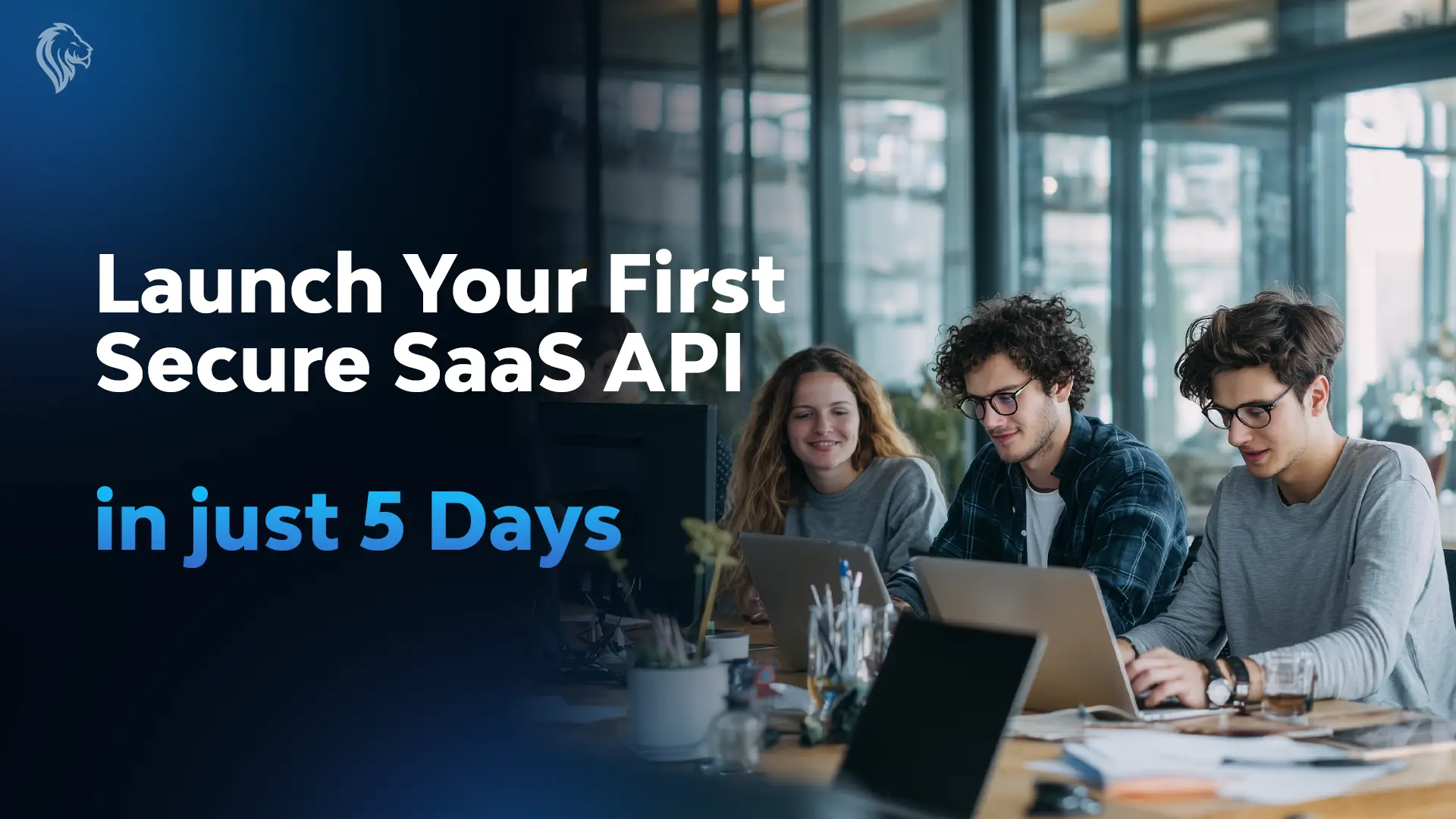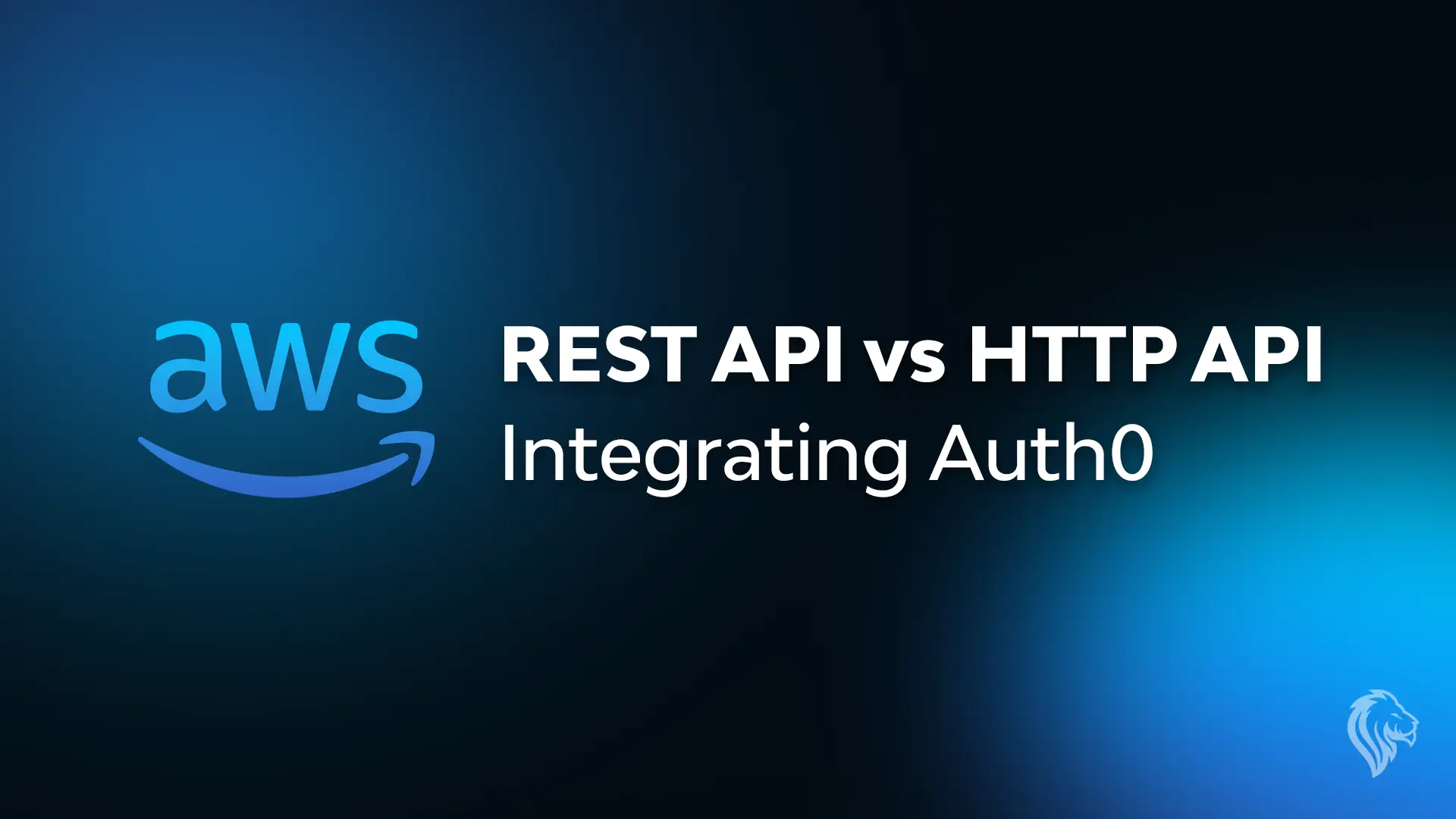Artificial Intelligence (AI), while technically a misnomer, is one of the most transformative trends of our time. With its assistance to the experts and professionals, it’s promising to revolutionize industries, redefine work, and reshape our lives. Yet, despite its potential, many individuals and businesses hesitate to explore or fully utilize AI. There are several reasons for this apprehension but one major reason we often see is in its apparent complexity.
There are countless AI offerings across a dozen different services. The landscape is constantly evolving and the technical expertise required can seem daunting. It’s a reasonable worry! Standing at the periphery of this world can feel like standing on the edge of a cliff, the world of AI falling away to an abyss of space and complication below.
However, the reality is that working with AI does not have to be an insurmountable challenge. Much of the perceived complexity can be simplified by understanding AI as a collection of powerful tools. Don’t get caught up in what they exactly are. Just that these powerful tools can be integrated into existing workflows.
In this article, we’ll demystify AI by focusing on the practicalities of working with AI integrations, breaking down the AI collaboration process, and showcasing how anyone with an idea and the right set of tools can harness the power of AI.
Taking a New Perspective with AI and Integrations
AI as a Set of APIs
At its core, using AI can be seen as using a series of APIs (Application Programming Interfaces). These are ready-made blocks of functionality that you can call upon to perform specific tasks—whether it’s natural language processing, image recognition, predictive analytics, or any other AI-powered capability.
Understanding APIs
APIs are essentially bridges that allow different software systems to communicate with each other, and they have been used for decades to power the modern world. These enable developers to use pre-built functions or data from one service within another, without needing to build everything from scratch. In the context of AI, APIs also make it possible to leverage sophisticated AI models without having to understand the complex mathematics or algorithms behind them.
Viewing AI Through the API Lens
When we view AI through the lens of APIs, it becomes far more approachable. Instead of seeing AI as a monolithic, incomprehensible entity, we can break it down into discrete, manageable services that can be easily integrated into existing products or workflows. Like we said, they’re just highly effective and powerful tools, look at them as another solution in your toolbox. With APIs we can simply link them to our existing operation and reap the benefits!
Why Using AI is Using APIs—The Advantages
There are several advantages of using AI as a set of APIs. These all come down to the strengths of the AI technology which are focused around time and data processing efficiency.
Modularity and Flexibility
Rarely mentioned when discussing AIs, the introduction of their use with APIs offer phenomenal modularity and flexibility. By using AI as a set of APIs, developers can easily connect multiple AI services together, creating complex systems out of simple, reusable parts.
Speed to Market
Like all any smart application of AI technology, AI APIs allow for rapid development and deployment of AI-powered applications. With pre-built AI services, the time required to bring a product to market is significantly reduced.
Proof of Concept (POC) Creation
The most commonly seen AI technology is Large Language Models or LLMs. These are fantastic at generating summaries and allowing for large amounts of data to be processed by a team or individual. This is perfect for aiding in the creation of POCs quickly and efficiently. You can test ideas and validate concepts without investing in extensive custom development.
High Adaptability
As a new technology and one defined by its growth comparable to human capabilities, AI will always be on the move. The ever-evolving nature of AI is no longer a drawback. With APIs, you can swap out or update AI services as newer, better versions become available, ensuring your product stays cutting-edge.
Ease of Breaking into New Markets
Leveraging AI through APIs allows businesses to quickly adapt to new market needs and integrate with emerging technologies, without the need for in-depth AI expertise.
Cost Efficiency
Building AI solutions from scratch is resource intensive. By using AI APIs, you save on development costs while accessing high-quality AI services.
A Practical Example: Building an AI-Driven Content Generator
Let’s look at how this might play out in a practical example.
The Problem: Content Creation Bottleneck
Consider a startup that aims to streamline content creation for small businesses. These businesses often struggle to produce high-quality content at scale, leading to a bottleneck in their marketing efforts. Without AI, we would either need decent manpower to answer the demands, or consider building a solution to automate content creation, which would require significant resources. From developing natural language processing models to setting up infrastructure capable of handling large volumes of text generation, it’s changing the way we operate and solve problems.
The AI Integration Solution
By leveraging existing AI APIs, the startup can build a content generator that meets their needs quickly and efficiently. There are a plethora of tools that can quickly be amassed and integrated as AI APIs. These include:
- Language Model API: Use an API like OpenAI’s GPT to generate text based on user inputs, tailored to specific industries or content types.
- Sentiment Analysis API: Integrate a sentiment analysis API to ensure the generated content aligns with the desired tone and intended audience.
- Keyword Extraction API: Utilize an API to extract key phrases and terms to optimize their Search Engine Optimization (SEO) efforts.
Connecting the Dots
By integrating these APIs together into one app or website, the startup creates a powerful content generation tool that automates a once-manual process. This approach not only solves the problem efficiently but also demonstrates how existing AI services can be combined to create a new product.
The marketing team in this example, once struggling with a content bottleneck, now has a host of easily applicable and adaptive tools they can utilize to deliver quality content without sacrificing quantity. Like any AI tool, in the hands of an expert, we see the true quality it can offer our day-to-day work.
Mastering AI Through Integration
AI, despite its complexity, does not need to be intimidating. By viewing AI as a collection of APIs, and just an addition to our working toolset, anyone can leverage its power to create innovative products and solutions. You don’t need to understand the intricacies of how these AI models work under the hood; what’s important is how you can use these tools effectively.
In a rapidly evolving technological landscape, the true skill lies in knowing how to integrate these AI services to solve real-world problems. By mastering the art of AI integration, you can unlock endless possibilities, bringing ideas to life faster, more efficiently, and with greater impact.
If you’re interested in integrating your own bespoke group of AI APIs to change the way you work and improve your efficiency, get in touch with Cyrex today. We’re the gold standard in development, security, and load testing, so contact our team today and take your business to the next level.
Related Articles

The Present and Future of Software Development with AI
AI is reshaping software development - lowering barriers, speeding delivery, and intensify...
Read more
Launch Your First Secure SaaS API in 5 Days
Looking to launch a secure SaaS API quickly? Our 5-day API lifecycle fast-track helps star...
Read more
Cloud Cost Optimization: Quick Wins to Slash Unnecessary Spending
Discover quick wins for cloud cost optimization! Learn how to cut unnecessary spending, ri...
Read more
AWS – REST API vs HTTP API – Integrating Auth0
Explore the differences between REST API and HTTP API in AWS and how built-in JWT authenti...
Read more


